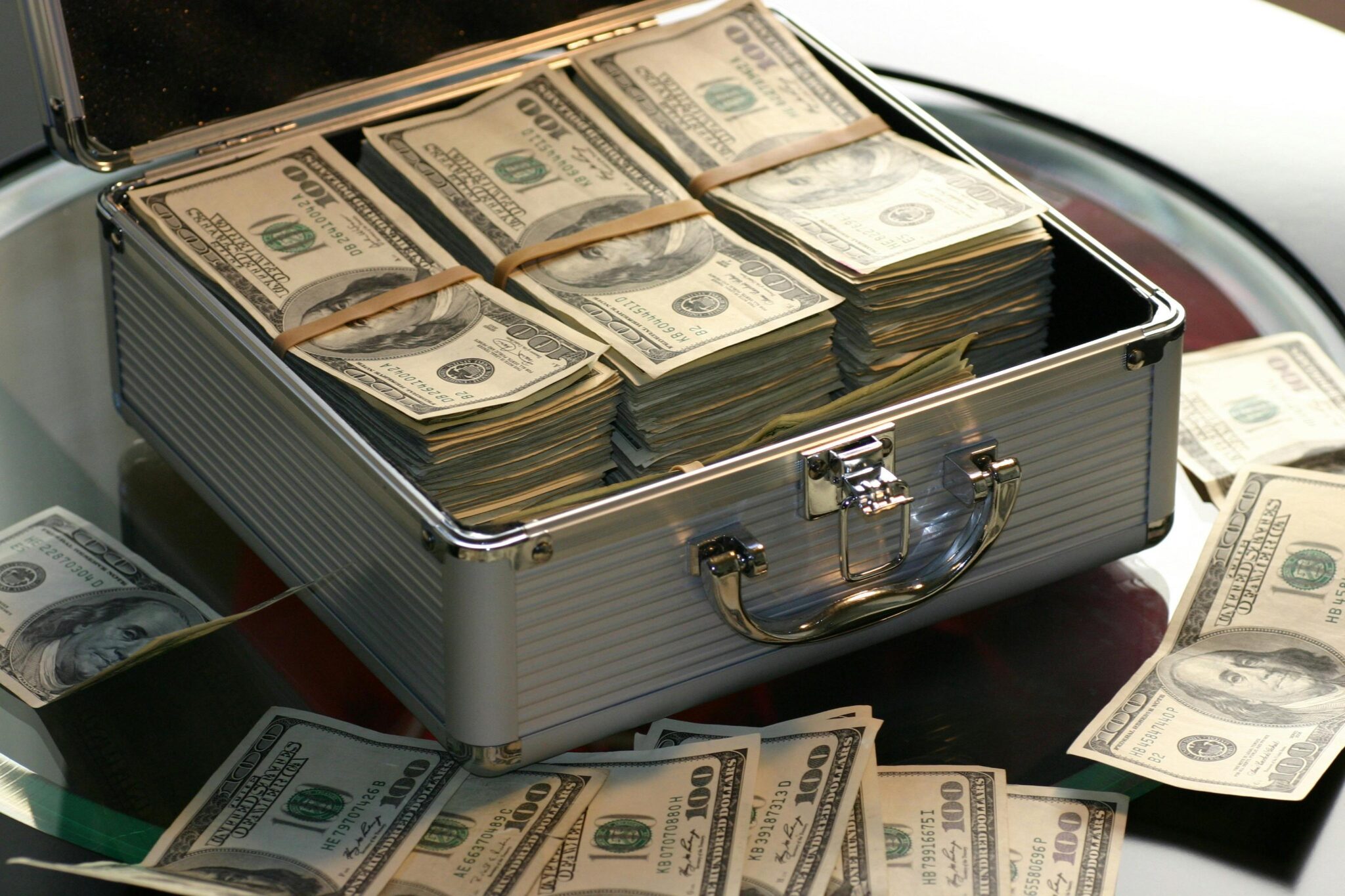How to Build Your First $1,000 Emergency Fund Fast
Life has a way of surprising us—whether it’s a flat tire, a medical bill, or an unexpected repair, having cash set aside for emergencies can make all the difference. A $1,000 emergency fund is a solid first milestone because it provides a safety net for many common financial hiccups without feeling overwhelming to save. The key is to start small, stay consistent, and use smart strategies to reach that goal faster.

1. Break It Down Into Smaller Goals
Saving $1,000 might feel daunting at first, but breaking it into manageable pieces makes it more achievable. Think of it as:
$20 a week for a year
$85 a month for 12 months
Or even $5 a day for 200 days
Framing your goal this way helps you see that small, steady contributions add up quickly.
2. Cut Back on Non-Essentials Temporarily
Look at your current spending and identify “easy wins” where you can cut back. This doesn’t have to be forever—it’s just until you hit your $1,000 target. Common examples include:
Brewing coffee at home instead of buying it out
Cooking simple meals instead of ordering takeout
Canceling unused subscriptions or streaming services
Even trimming $50–$100 a month can shave months off your savings timeline.
3. Set Up a Dedicated Savings Account
Keep your emergency fund separate from your everyday checking account. A high-yield savings account is ideal because it earns you a little interest and helps resist the temptation to dip into the money. Automating transfers—such as moving $25 or $50 from each paycheck—makes saving effortless.
4. Boost Your Income on the Side
If cutting back isn’t enough or you want to speed things up, look for ways to earn extra money. Options include:
Picking up a side gig like rideshare driving, food delivery, or freelancing
Selling unused clothes, gadgets, or furniture online
Taking on occasional odd jobs like babysitting, yard work, or pet sitting
Even small side hustles can help you hit $1,000 much faster than relying solely on your regular paycheck.
5. Use “Found Money” to Your Advantage
Any unexpected cash—such as tax refunds, bonuses, or birthday gifts—can give your emergency fund a big boost. Instead of spending it right away, commit to putting at least half (if not all) of it toward your savings goal.
6. Stay Consistent and Celebrate Progress
The most important part of building an emergency fund is consistency. Even if your contributions are small, the habit of saving regularly will carry over into bigger financial goals later. Celebrate milestones along the way—like hitting your first $250 or $500—to keep motivation high.
Reaching your first $1,000 emergency fund is less about how much you make and more about the habits you build. By cutting back where you can, finding ways to earn extra, and keeping your savings separate and automatic, you’ll reach your goal sooner than you think. Once you hit that first $1,000, you’ll feel a sense of relief and confidence knowing you’re financially prepared for life’s little surprises. From there, you can keep growing your safety net toward three to six months of expenses.
